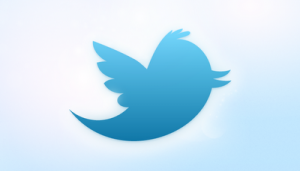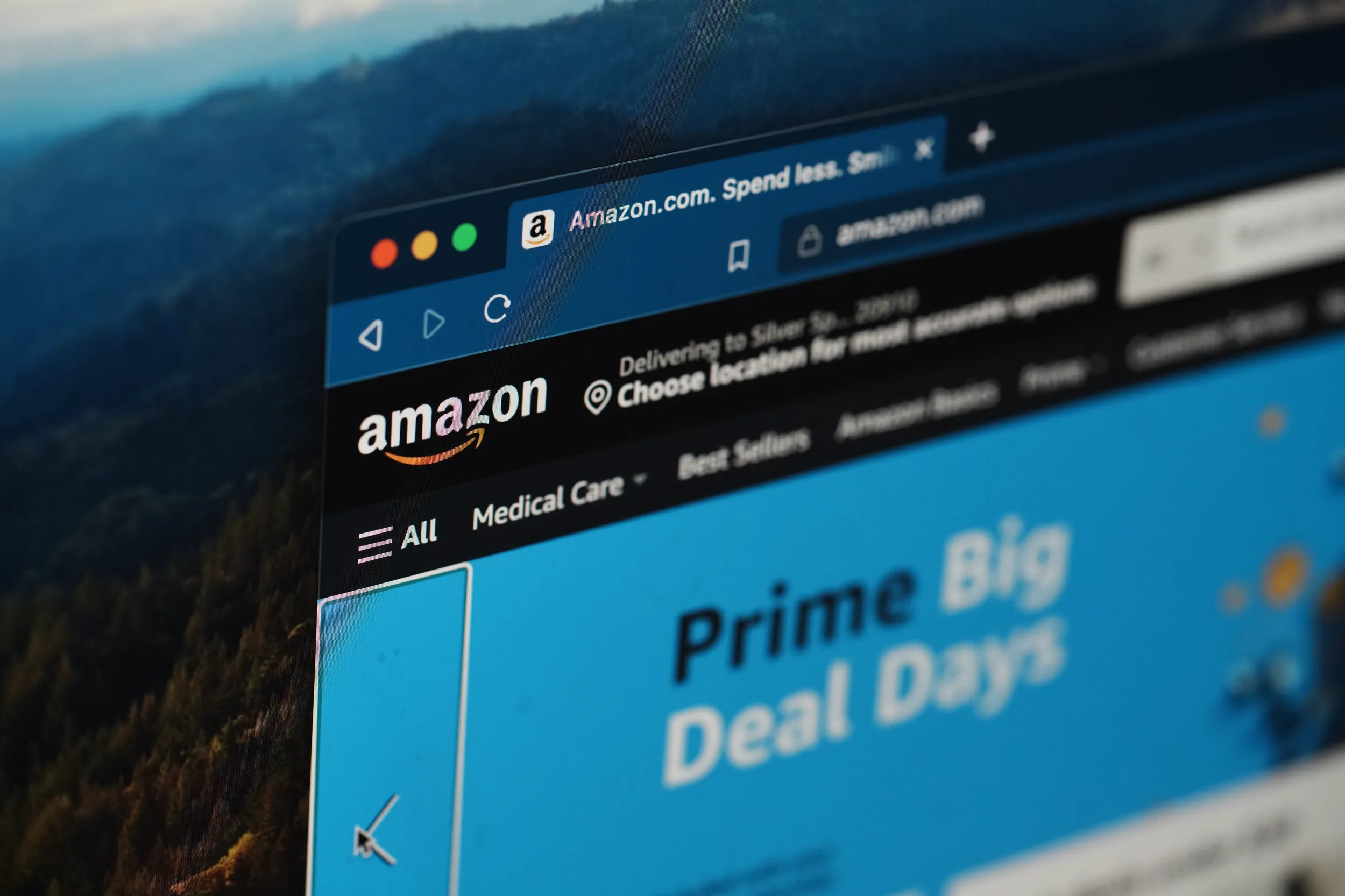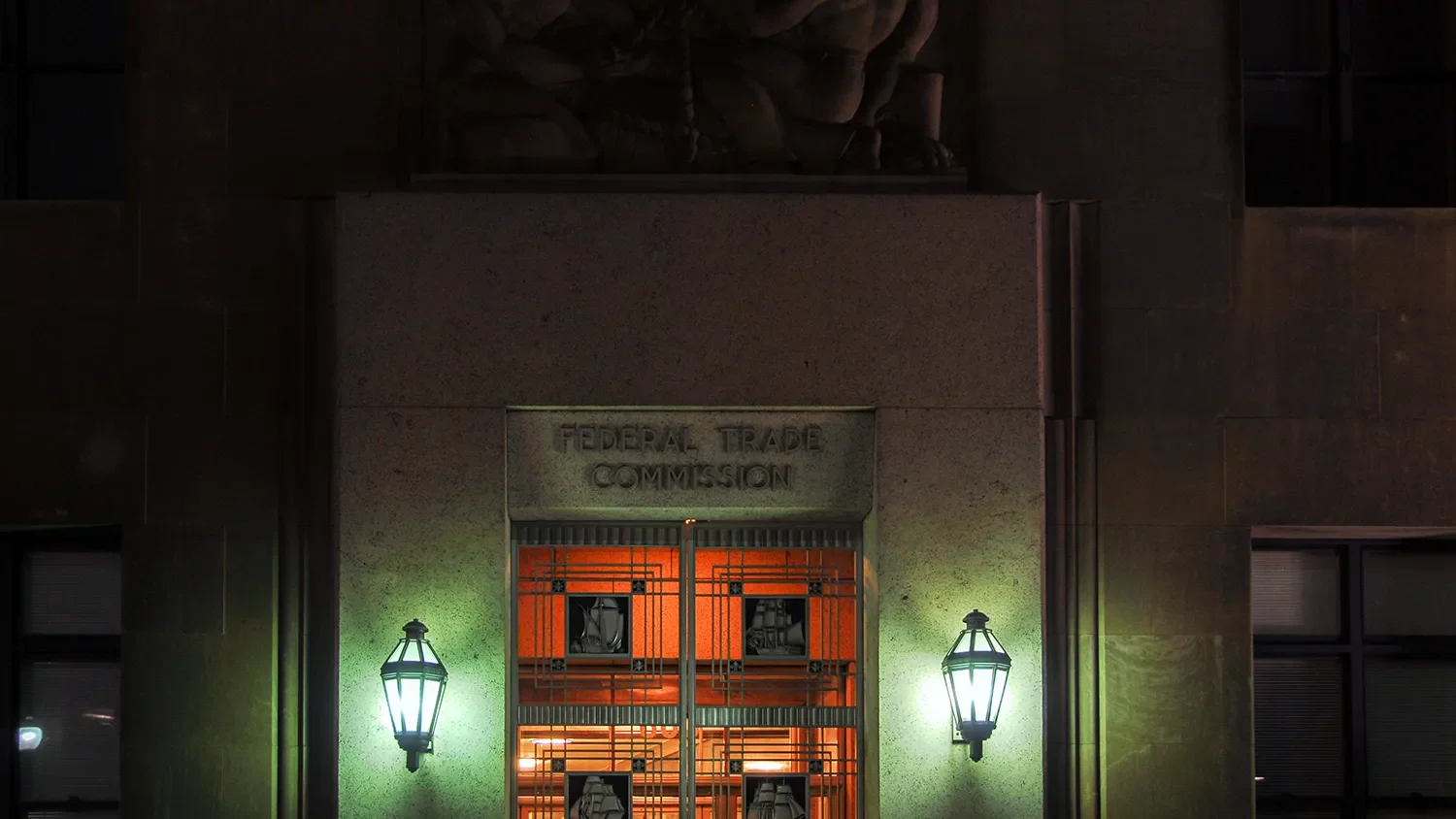Twitter And the FTC: Myopia One Year Later
One year ago, the Wall Street Journal and other business publications reported that the Federal Trade Commission (FTC) had launched an investigation into “Twitter and the way it deals with the companies building applications and services for its platform.” The gist of the apparent competitive concern was that Twitter — which has grown from nothing to a significant new medium of social communications in just five years — had decided to limit access to its application programming interfaces (APIs) for third-parties, such as HootSuite, Echofone and the like, selling Twitter “client” software.
There’s no doubt Twitter is a disruptive technology. Of course, in 2000 the FTC was so convinced that an AOL-Time Warner combination would monopolize Internet content that it saddled the then-biggest merger with an onerous consent decree that evaporated, as did AOL itself, in the relative blink of an eye. Now it appears the agency is making the same mistake again. Assuming that a new and evolving technology represents a stand-alone market for antitrust purpose is dangerous where disruptive entrants are concerned, because as AOL illustrates, despite a first-mover advantage, even in network effects markets that may “tip” to a single firm competitive reality changes more quickly and in ways even the brightest pundits and government policy makers could never predict.
Given that Twitter is in competition with Facebook, LinkedIn, Tumblr, Pinterest, Instgram and many other social networking and messaging services, including the near-moribund Google+, you’ve got to wonder why the FTC could even plausibly hypothesize that Twitter has anything approaching monopoly power. One can perhaps understand policy neophytes like Mike Arrington naively saying that Twitter has a “microblogging monopoly,” but not seasoned antitrusters.
Twitter management explained at the time that “Twitter is a network, and its network effects are driven by users seeing and contributing to the network’s conversations. We need to ensure users can interact with Twitter the same way everywhere.” That’s a quintessential business judgment by corporate managers who presumably know their uses (tweeters) and customers (advertisers) best. The company’s motivation is also clear and perfectly valid: it doesn’t want third parties making money — namely, coming into direct rivalry by selling ads — off its service, and thus depriving Twitter of potential revenue. It is incontestable that Twitter could vertically integrate into the client software business itself (a first step in which it did by acquiring TweetDeck), without any possible antitrust constraints. In this light, what could conceivably be wrong with Twitter setting ground rules that require third-party providers to utilize a common user interface (UI) scheme?
As Adam Thierer of the Technology Liberation front observed in 2011:
This episode again reflects the short-term, static snapshot thinking we all too often see at work in debates over media and technology policy. That is, many cyber-worrywarts are prone to taking snapshots of market activity and suggesting that temporary patterns are permanent disasters requiring immediate correction. Of course, a more dynamic view of progress and competition holds that “market failures” and “code failures” are ultimately better addressed by voluntary, spontaneous, bottom-up responses than by coercive, top-down approaches
Ironically, the Twitter decision to control API usage and effectively boot off some third-party software had only one economic effect. It cannibalized Twitter’s own developer and partner ecosystem, on which the company had relied heavily through its first years of extraordinarily rapid growth, in favor of an internal solution. That decision alienated some Twitter users and almost certainly reduced the absolute number of tweets sent and received — and thus the page views on which Twitter’s advertising rates are necessarily based. It also risked alienating the venture capitalists who have invested an estimated $475 billion over just one-half of a year in companies working to develop Twitter-compatible apps and utilities. So the only firm Twitter is really hurting by this practice is Twitter itself. Eating your own ecosystem is hardly the stuff of monopolization.
Sacrificing independent distribution in favor of vertical integration is also a business model companies adopt and reject like roller coasters. In the oil industry, for instance, the most famous government antitrust case of them all is 1911’s Standard Oil, which broke up the vertically integrated petroleum monopoly assembled by John D. Rockefeller. Today, Standard’s offspring are rapidly disintegrating, divesting both wholesale distribution of refined oil products and retail gasoline dealerships. Sometimes conventional business wisdom extols vertical integration, other times it emphasizes an Adam Smith-type comparative advantage. But isn’t that the essence of marketplace competition? And in turn isn’t that something our nation’s competition policy should leave in the hands of market participants rather than government agencies?
The answer from Forbes is a simple yes:
If the FTC is indeed investigating Twitter, they are likely to find this case pretty boring. In acquiring the third party apps widely adopted by its users, Twitter is simply making a gradual, not to mention inevitable, move closer to its customer base. The startup is often slammed for its struggle to adopt a serious business model. Now that Twitter has finally figured out it is awfully difficult to build a business as a plumbing conduit, suddenly it’s lambasted as the next Microsoft.
In fact, the issue here is far more significant for technologies down the road that no one has as yet even conceived. Twitter seems sufficiently well-established that it will likely survive an FTC investigation, at least in the short run, and however misguided the government’s underlying assumptions may be. But start-ups which have not yet escaped from private betas and coders’ college dorm rooms will give pause, as they grow, before deciding to sever relations with partners that helped them “get big fast.” The fear is that cutting off downstream firms, even if taken for objectively valid business reasons, will catalyze an FTC or European Union antitrust investigation of whether the firm has “abused” its “market dominance.”
A threat of government action can be just as debilitating to innovation as premature enforcement intervention into the marketplace. Let’s hope the FTC’s 2011 Twitter investigation is mothballed in 2012, and that in the future investigations of segment-leaders in nascent technology spaces are opened only where — unlike the case of Twitter — there’s clearly an economically valid market and practices involved which are unambiguously anticompetitive. The FTC has said nothing about the Twitter issue for a year, while the San Francisco Examiner revealingly comments that “[i]n the space of [that] year, the FTC has racked up more legal action involving the high tech world than the FCC and both houses of Congress combined.” Note to Chairman Leibowitz: it’s time to let this one go, now. If your agency wants to do that quietly in order to save face, no one in Silicon Valley will mind at all. We won’t tell.









